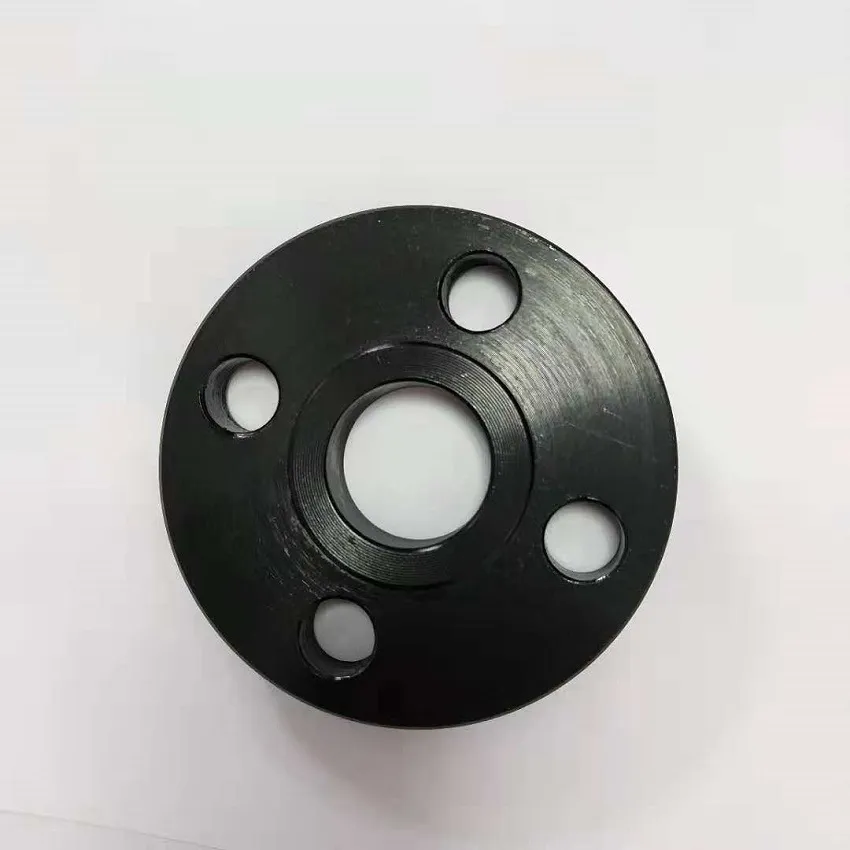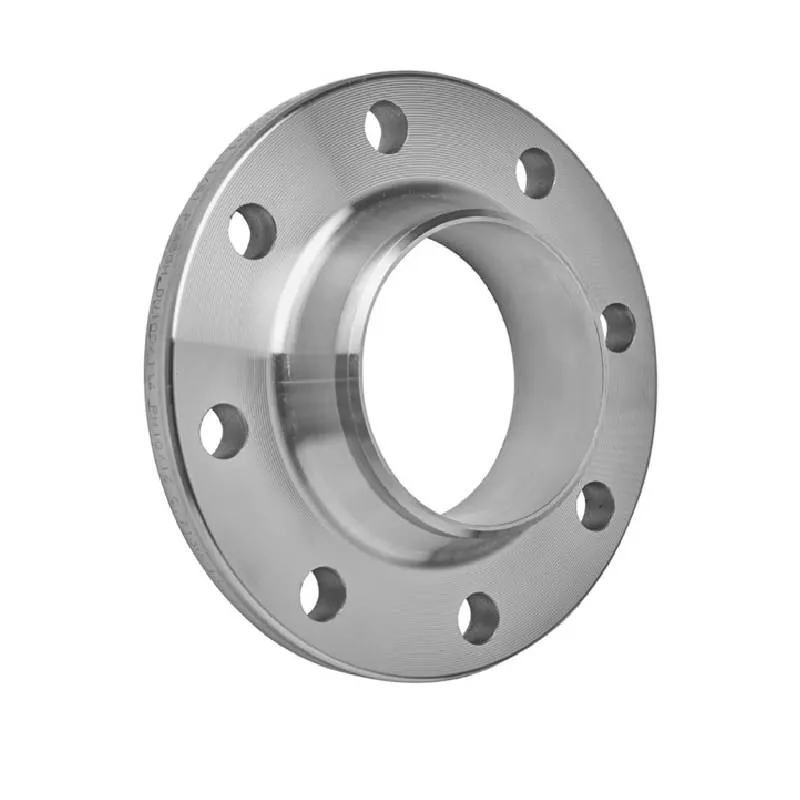-
Cangzhou Yulong Steel Co., Ltd.
-
Phone:
+86 13303177267 -
Email:
admin@ylsteelfittings.com
- English
- Arabic
- Italian
- Spanish
- Portuguese
- German
- kazakh
- Persian
- Greek
- French
- Russian
- Polish
- Thai
- Indonesian
- Vietnamese
- Zulu
- Korean
- Uzbek
- Hindi
- Serbian
- Malay
- Ukrainian
- Gujarati
- Haitian Creole
- hausa
- hawaiian
- Hebrew
- Miao
- Hungarian
- Icelandic
- igbo
- irish
- Japanese
- Javanese
- Kannada
- Khmer
- Rwandese
- Afrikaans
- Albanian
- Amharic
- Armenian
- Azerbaijani
- Basque
- Belarusian
- Bengali
- Bosnian
- Bulgarian
- Catalan
- Cebuano
- China
- China (Taiwan)
- Corsican
- Croatian
- Czech
- Danish
- Esperanto
- Estonian
- Finnish
- Frisian
- Galician
- Georgian
- Kurdish
- Kyrgyz
- Lao
- Latin
- Latvian
- Lithuanian
- Luxembourgish
- Macedonian
- Malgashi
- Malayalam
- Maltese
- Maori
- Marathi
- Mongolian
- Myanmar
- Nepali
- Norwegian
- Norwegian
- Occitan
- Pashto
- Dutch
- Punjabi
- Romanian
- Samoan
- Scottish Gaelic
- Sesotho
- Shona
- Sindhi
- Sinhala
- Slovak
- Slovenian
- Somali
- Sundanese
- Swahili
- Swedish
- Tagalog
- Tajik
- Tamil
- Tatar
- Telugu
- Turkish
- Turkmen
- Urdu
- Uighur
- Welsh
- Bantu
- Yiddish
- Yoruba

Jan . 26, 2025 06:13 Back to list
alloy steel seamless pipes
Welded pipes are an essential component in a myriad of industries, from construction and architecture to oil and gas transportation. Understanding the various types of welded pipes can significantly influence the efficiency and reliability of industrial projects. Here, we delve into the different kinds of welded pipes, emphasizing their applications, benefits, and key considerations.
While not a welded pipe, the seamless carbon steel pipe sector deserves mention due to its importance in high-pressure environments. These pipes are crafted without a welded seam, providing unmatched strength and durability. *Applications and Benefits* They are indispensable in oil and gas industries, particularly in high-pressure applications and in environments that demand robustness, like offshore operations. The absence of a seam reduces the chance of weak spots, ensuring superior strength and longevity. Moreover, these pipes are less prone to issues like corrosion and potential leaks. 5. Fusion Welded Pipe While similar in some respects to other welded pipes, fusion welded pipes are known for the high heat techniques involved in their creation, resulting in robust joins capable of dealing with high pressure. *Applications and Benefits* These pipes are often found in industries requiring strong mechanical properties, such as power generation plants and chemical processing. Their ability to withstand extreme environments and pressures makes them indispensable in contexts where failure is not an option. Key Considerations for Choosing Welded Pipes - Material and Coating Choose pipes made from materials that suit the liquid or gas being transported. Consider coatings that offer extra protection against environmental factors, aiding in longevity. - Pressure Requirements Ensure that the pipe can handle the maximum pressure exerted by the contents it will transport, especially for oil and gas industries. - Cost Efficiency While ERW pipes are generally cost-effective, projects requiring extra durability might benefit from investing in LSAW or seamless pipes despite higher costs. - Environmental Impact Consider the environmental conditions where the pipes will be laid. For harsh conditions, options like LSAW or fusion welded pipes offer better resistance. By understanding these types of welded pipes and their respective advantages and applications, industries can make informed decisions, ensuring efficient and long-lasting infrastructure. It’s crucial to align the choice of pipe with the project’s specific needs, considering factors like pressure, environmental conditions, and budget constraints.


While not a welded pipe, the seamless carbon steel pipe sector deserves mention due to its importance in high-pressure environments. These pipes are crafted without a welded seam, providing unmatched strength and durability. *Applications and Benefits* They are indispensable in oil and gas industries, particularly in high-pressure applications and in environments that demand robustness, like offshore operations. The absence of a seam reduces the chance of weak spots, ensuring superior strength and longevity. Moreover, these pipes are less prone to issues like corrosion and potential leaks. 5. Fusion Welded Pipe While similar in some respects to other welded pipes, fusion welded pipes are known for the high heat techniques involved in their creation, resulting in robust joins capable of dealing with high pressure. *Applications and Benefits* These pipes are often found in industries requiring strong mechanical properties, such as power generation plants and chemical processing. Their ability to withstand extreme environments and pressures makes them indispensable in contexts where failure is not an option. Key Considerations for Choosing Welded Pipes - Material and Coating Choose pipes made from materials that suit the liquid or gas being transported. Consider coatings that offer extra protection against environmental factors, aiding in longevity. - Pressure Requirements Ensure that the pipe can handle the maximum pressure exerted by the contents it will transport, especially for oil and gas industries. - Cost Efficiency While ERW pipes are generally cost-effective, projects requiring extra durability might benefit from investing in LSAW or seamless pipes despite higher costs. - Environmental Impact Consider the environmental conditions where the pipes will be laid. For harsh conditions, options like LSAW or fusion welded pipes offer better resistance. By understanding these types of welded pipes and their respective advantages and applications, industries can make informed decisions, ensuring efficient and long-lasting infrastructure. It’s crucial to align the choice of pipe with the project’s specific needs, considering factors like pressure, environmental conditions, and budget constraints.
Latest news
-
ANSI 150P SS304 SO FLANGE
NewsFeb.14,2025
-
ASTM A333GR6 STEEL PIPE
NewsJan.20,2025
-
ANSI B16.5 WELDING NECK FLANGE
NewsJan.15,2026
-
ANSI B16.5 SLIP-ON FLANGE
NewsApr.19,2024
-
SABS 1123 FLANGE
NewsJan.15,2025
-
DIN86044 PLATE FLANGE
NewsApr.19,2024
-
DIN2527 BLIND FLANGE
NewsApr.12,2024
-
JIS B2311 Butt-Welding Fittings LR/SR 45°/90° /180°Seamless/Weld
NewsApr.23,2024











